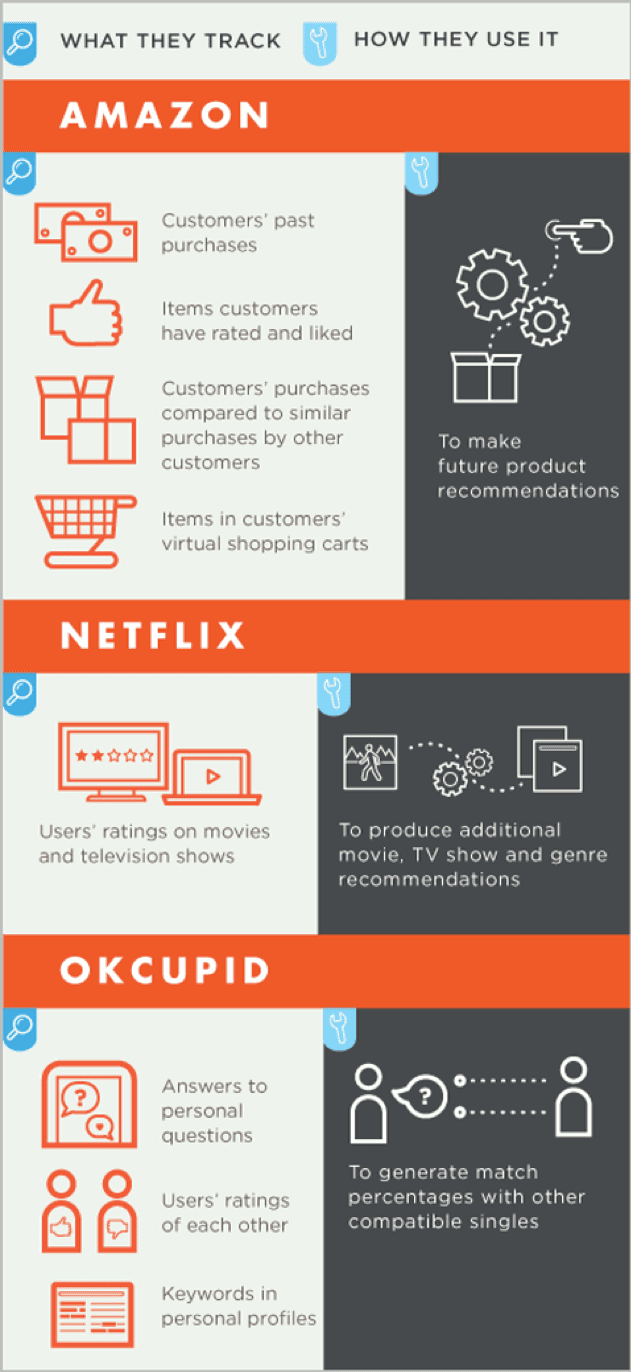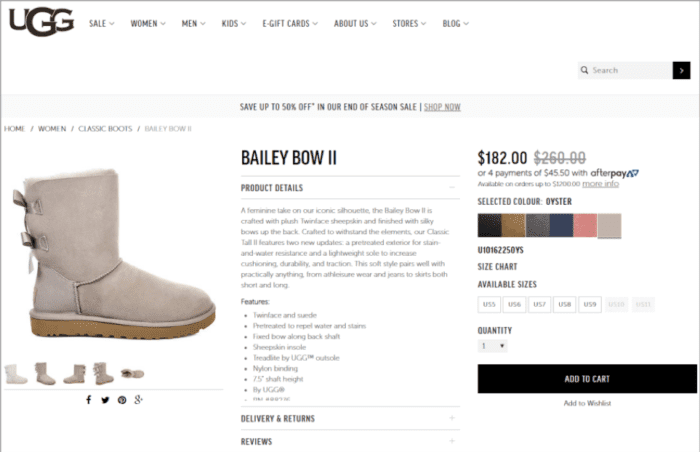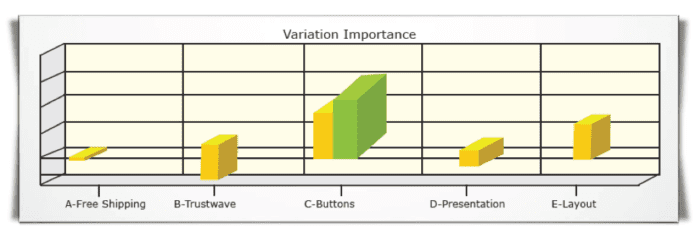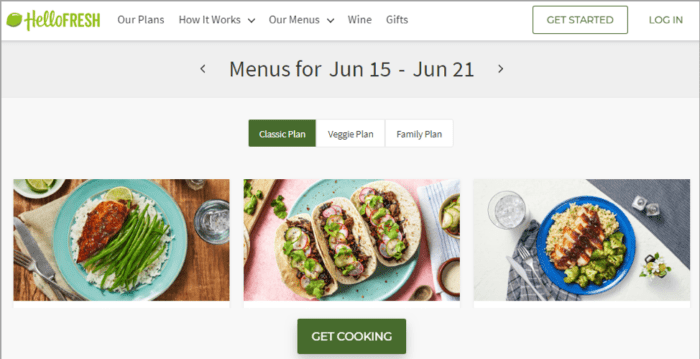Predictive Analytics are your ticket to higher revenues
In case you haven’t spent much time with web analytics, I’ll start by giving you this definition of predictive analytics (PA), courtesy of Wikipedia:
‘Predictive analytics is an area of statistics that deals with extracting information from data and using it to predict trends and behavior patterns.’
Whereas with descriptive statistics you learn what data can and can’t describe your customers’ behavior, with predictive analytics you learn what to do next — that is, use data about past actions to make predictions about future actions.
Obviously, if you can discover and anticipate what your customers — and earlier-sales-stage prospects — really want from your brand, you’ll hold the ‘golden ticket’ to higher revenues and customer loyalty. As a result, you’ll become a rockstar analyst on your team.
This graphic below shows how three well-known brands use PA to serve up more customer-centered experiences.

In what follows I’ll first share the quantitative benefits of using PA platforms.I’ll then discuss the qualitative (and highly strategic) benefits of integrating these apps.
Quantitative benefits of PA platforms
Most e-commerce companies focus a lot on the Revenue Per Visitor (RPV) and Monthly Recurring Revenue (MRR) metrics. But boosting recurring monthly profits is even better. PA apps can help you do this by 1. driving up Average Order Value (AOV) and 2. offering optimal pricing for each visitor.
Higher order values from up-sells
First, let me define what I mean by ‘up-sell.’ An up-sell happens when a brand offers one or more complementary products (or accessories) together with the base product. If, after you’ve just decided to buy a new bike, the sales clerk says, ‘Here are the helmet and gloves I recommend to go with it,’ he’s doing an up-sell (actually two of them).
Up-sells are the ‘low hanging revenue fruit’ of e-commerce selling. Why? Because your prospect needs them to get a complete solution (for the previous example, to bike around the neighborhood safely). So, the better you can offer the right accessories at the best time and place, the more likely it is that a given visitor will add one or more of them to her order.
That’s where PA platforms come in. Based on the interaction and transactional data it collects over time, a PA algorithm can first determine in which segment a given visitor fits. During the user’s first visit, the algorithm can then show some ‘best fit’ accessories for the base product being shopped.
Then, on Visit number two, the algorithm – based on what was learned from the user’s mousing and interactions – can serve up an even better set of accessories. If your PA platform supports it, the tool can test different placements of the accessory products. Over time, these continually-better-tuned algorithms nudge your visitor toward clicking those ‘add item’ or ‘add bundle’ button. This, in turn, lifts your AOV.
Higher profit margins with optimal pricing
In case you didn’t know, there’s a lot of price finessing going on in the world. For example, the person sitting next to you on your previous flight probably didn’t pay the same airfare as you did (perhaps even a lot less). Airlines were forerunners in the ‘dynamic pricing’ realm, and e-commerce PA platforms have now taken this technique to the next level.
For example, if you’ve visited an e-commerce site three times, signed up for its ‘special offer’ emails, viewed a particular product page three times, and hovered over the ‘add to cart’ button twice, you obviously have a higher engagement level than a first-time visitor who hasn’t yet hit a product page.
In such cases, a smart PA platform could push a message saying, ‘I see you’ve viewed [product X] a few times. How does a 15% discount sound?’, after which you could offer three choices:
- ‘Sounds good – add to cart and apply discount’
- ‘I have a question – let’s chat’
- ‘No thanks’
Some PA platforms will even adjust the pricing for you automatically. Let’s say, for example, that your visitor lives in a high-income Zip Code. You could offer this visitor the product with a default price of $XX. But the algorithm could offer a visitor from a middle-class Zip Code their the product at 0.85 * $XX. (Assumption: In both cases, the company would earn a good profit margin.)
Qualitative (and strategic) benefits of PA platforms
On the qualitative side, the benefits might not boost your tactical KPIs, but they can certainly inform your future marketing tactics and boost your team’s operational efficiency.
Gain business intelligence from usage reports
Since all of the leading PA platforms include reporting capability, you can easily run reports that show things like:
- RPV based on user group.
- RPV based on key visitor interactions (e.g. launched one or more chat sessions).
- RPV based on correlations with other variables (how far down the Product page the visitor scrolled, and the pages viewed beforehand).
For example, let’s say you discover that (transacting) customers who view videos have a 20% higher RPV. You should then direct your designers to make the ‘play video’ interaction more enticing (for example by making the ‘play’ icon more visible, or the splash image more interesting).
Knowing these things — which amount to business intelligence — you can then hypothesize as to why these correlations are happening, and dream up new A/B tests ideas that capitalize on these findings.
PA platforms increase your team’s efficiency
Without a ‘core’ PA platform, your marketing optimization team requires at least these people: an optimization analyst, a user experience designer, a software developer and a product owner (to negotiate with the business which tests to run). So you can best make sense of the reams of visitor and customer data flowing in daily, a data scientist would be great to have as well. These people would need to be proficient with a growing set of tools.
It’s a lot to manage. Besides that, the stakes are high. A failed split test or two could set your team back, both in terms of schedule and political clout.
That’s why these PA platforms are so valuable. By integrating your current analytics, predictive analytics, marketing campaigns, split tests and reporting into a single suite, they reduce the size of your team and keep everyone on the same page. Sure, PA apps do require a couple of weeks of learning ramp-up time, but once you’ve done that your team can focus on your core tasks of designing campaigns, running optimizations, and collecting insights.
Two case studies
I get it; what your CFO cares most about is financial results — in the form of revenue growth, improved operational efficiencies, and return on investment (ROI). So I’ll share some results, achieved through the use of two leading PA platforms.

Case Study: UGG Boots product page optimization
Here’s an example case study from HiConversion, a PA platform that’s been around for over 10 years.
For the parent company of UGG Australia, a seller of fashionable boots and footwear, HiConversion’s platform ran several variations of the ‘Heirloom Lace-up Boot’ product page. Their algorithm discovered a new version of the page that produced a 14.73% revenue lift within a six-week timeframe. In addition, the study found that the single biggest contributor to conversion lift came from a very small change in the look and feel of the checkout button. (In the chart below, ‘C-buttons’ refers to the checkout button colour.)

Something that’s important to reiterate: this revenue gain was for a single product page. UGG could run similar tests on other product pages, or pages leading up to them, over time, to produce additional revenue lifts. They could apply these learnings to other buttons on their visitors’ paths to this conversion.
Case Study: HelloFresh customer experience optimization
Here’s a case study for HelloFresh, a provider of ‘easy-to-cook meals in a box’ for a monthly subscription fee.
Partnering with HelloFresh, PA platform DynamicYield launched numerous campaigns aimed at increasing customer loyalty by serving up more personalized experiences at multiple customer touchpoints. Their stated goals were to:
- Not adversely affect their mobile experience.
- Reduce the tendency of customers to cancel their subscriptions due to a lack of awareness of ‘hold my deliveries’ option.
- Educate customers to plan their online-delivered meals weeks ahead of time.
The result of their optimizations: double-digit increases in both conversion rate and RPV. These results were achieved within the constraints of their existing technical ecosystem.

PA platforms could be your star player
Predictive analytics algorithms and the e-commerce optimization platforms they power have proven they can produce significant month-over-month and annualized revenue lifts for many top brands. Equally important, the reporting tools built into these platforms provide the insights e-commerce companies need to inform both UX optimizations and the rest of your digital marketing strategy.
Even if you have a talented team, they simply can’t make sense of the reams of data your e-commerce website and related pages collect every day. On the other hand, smart, data-rich PA platforms, if seeded with the right customer data and business rules, can become a star player on your team. And one that won’t demand a big raise next year.